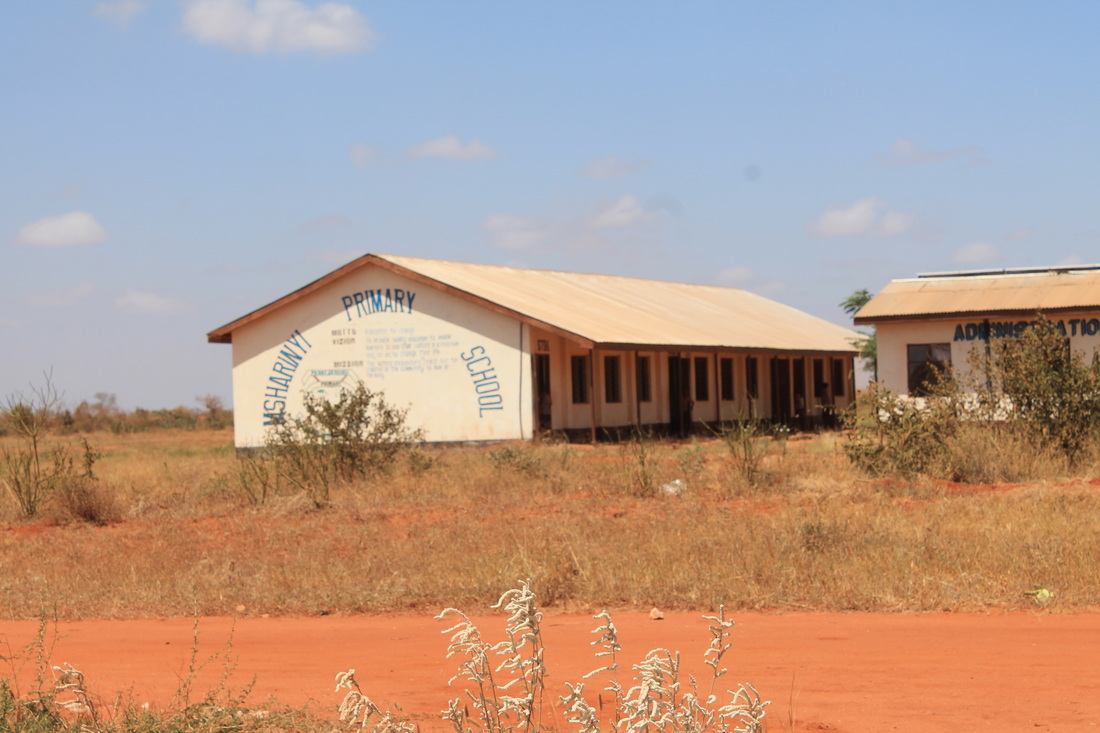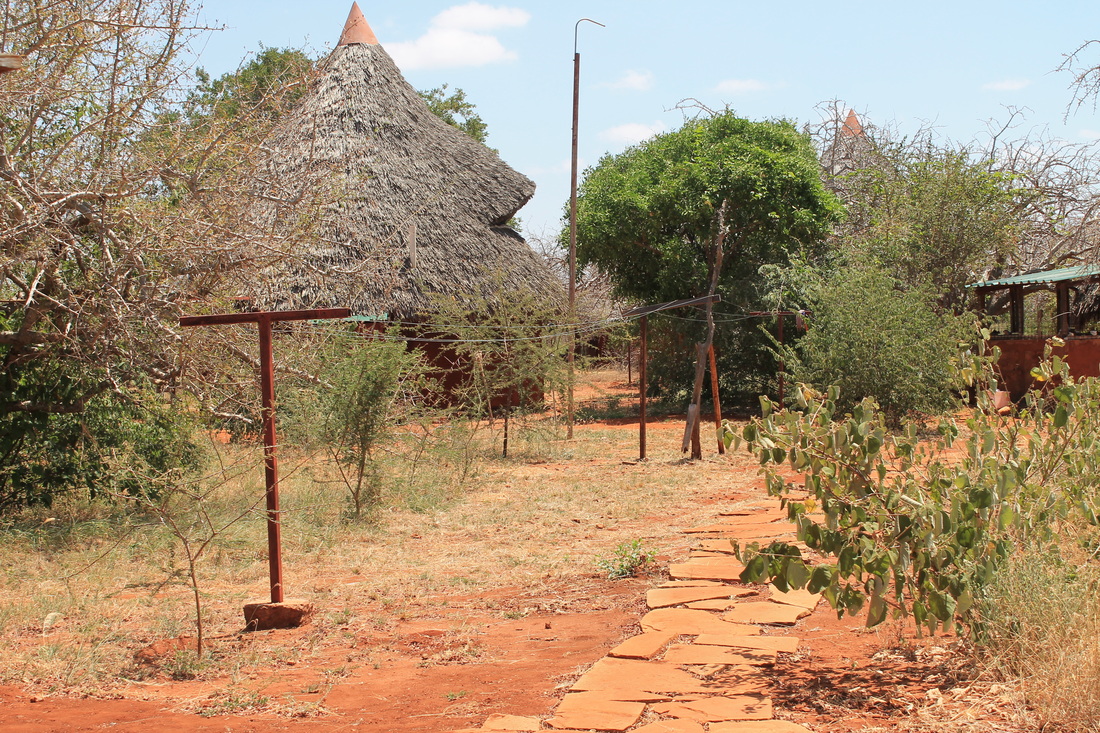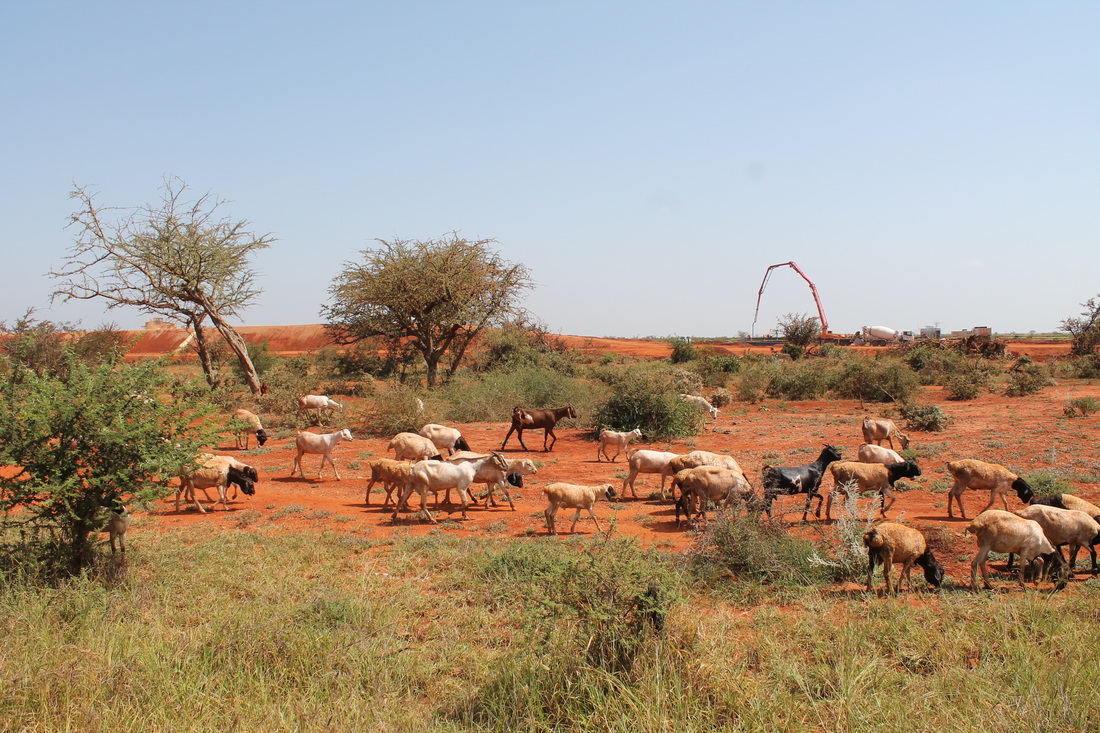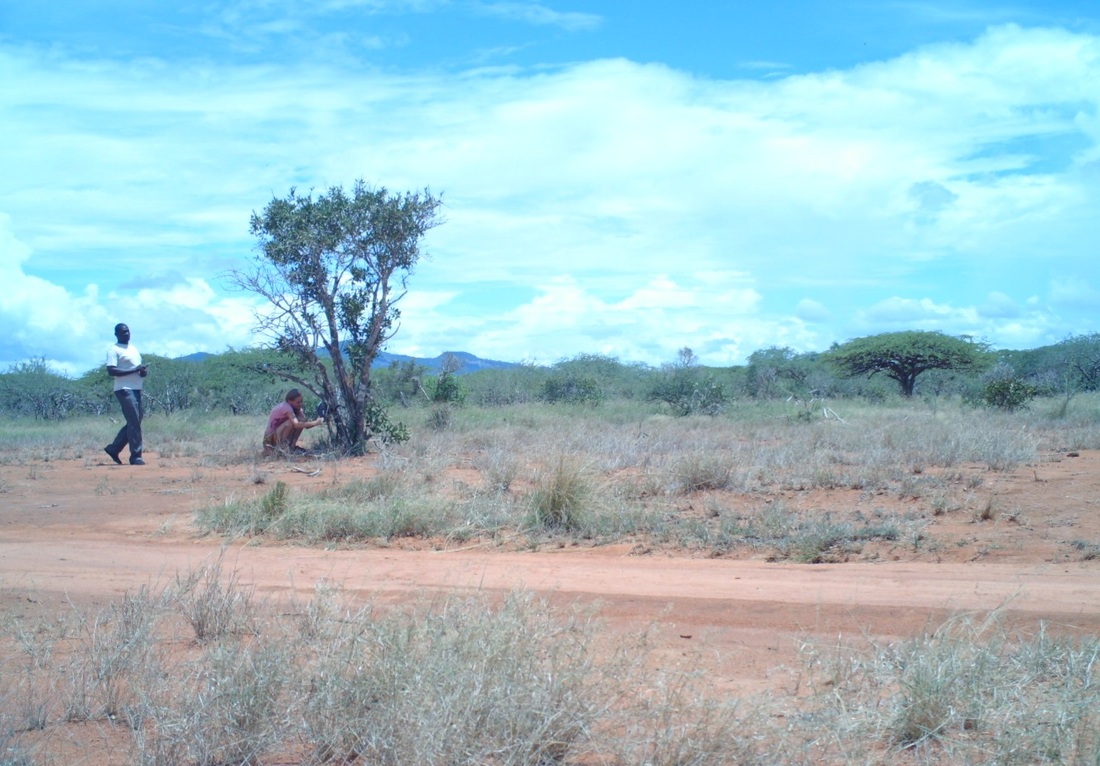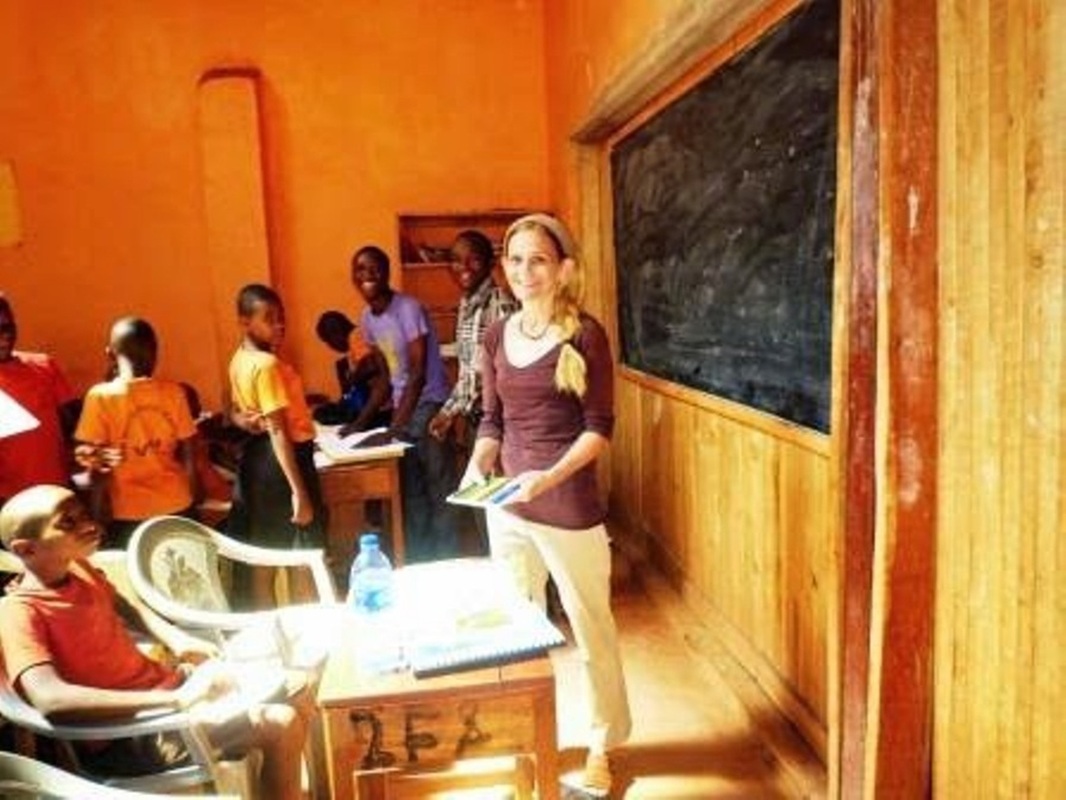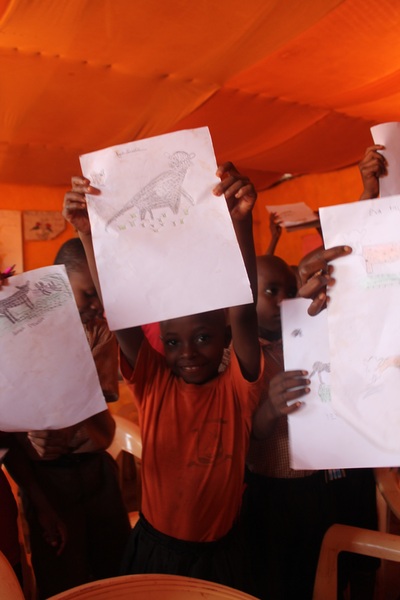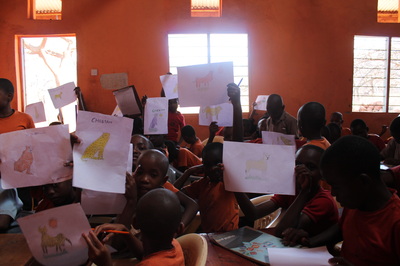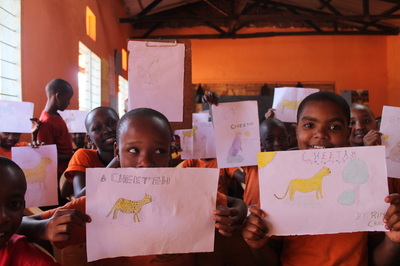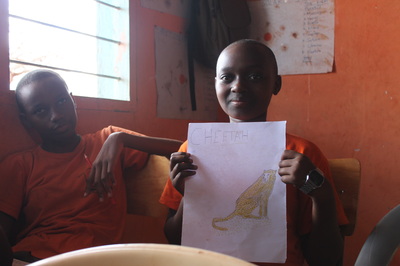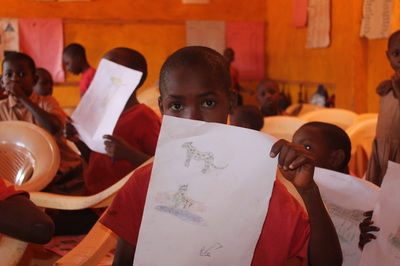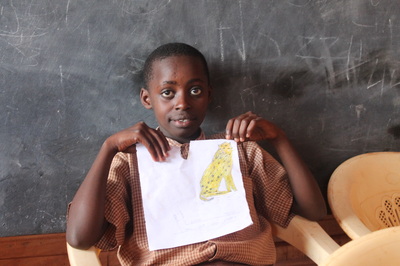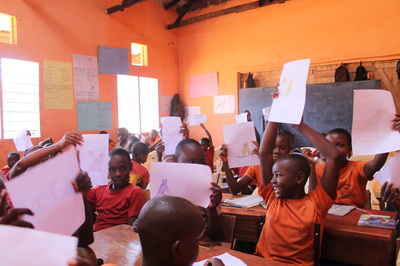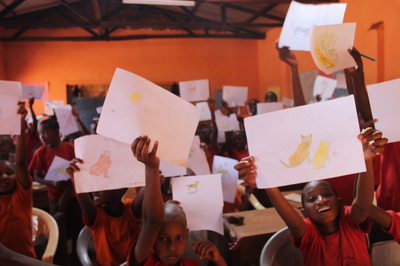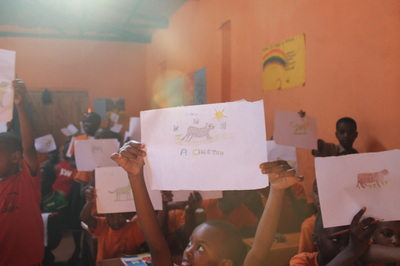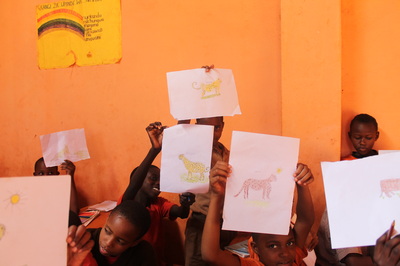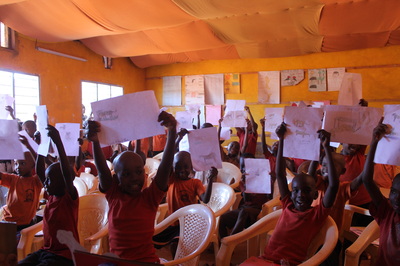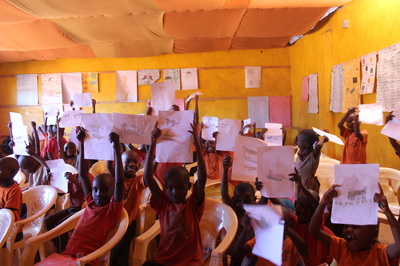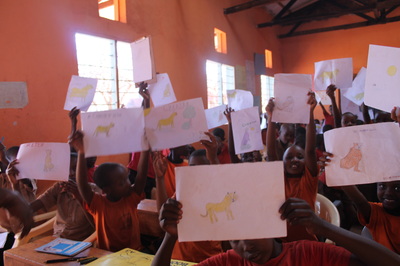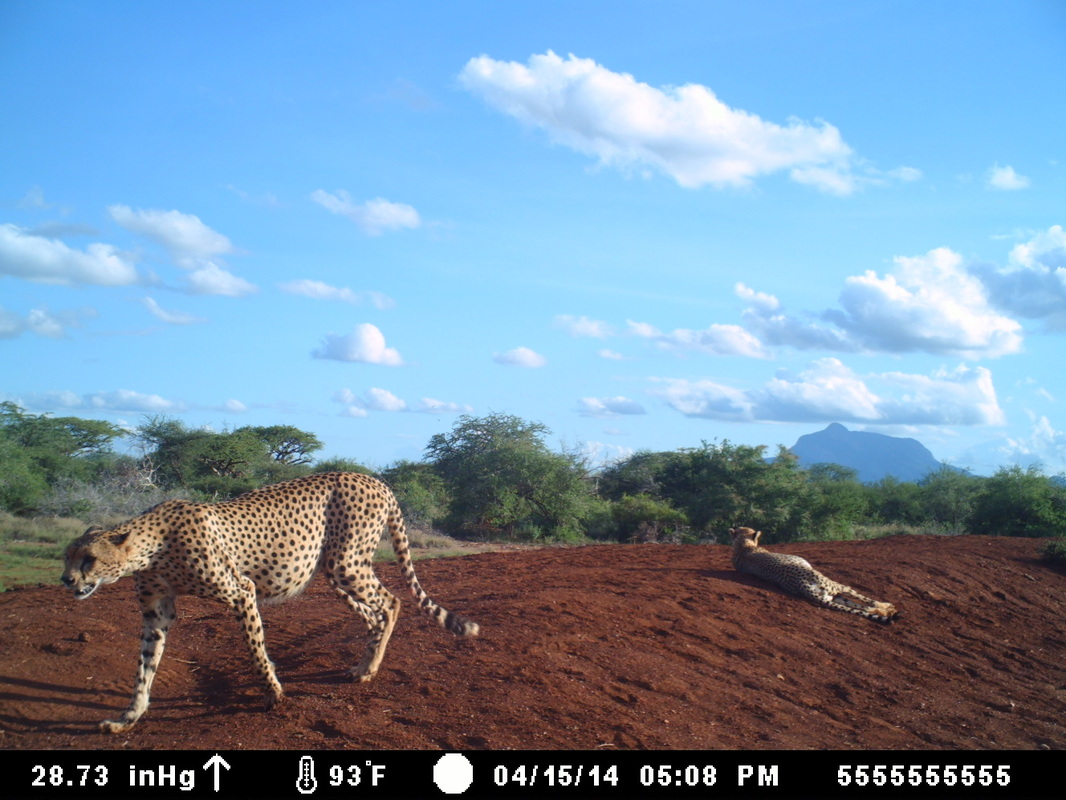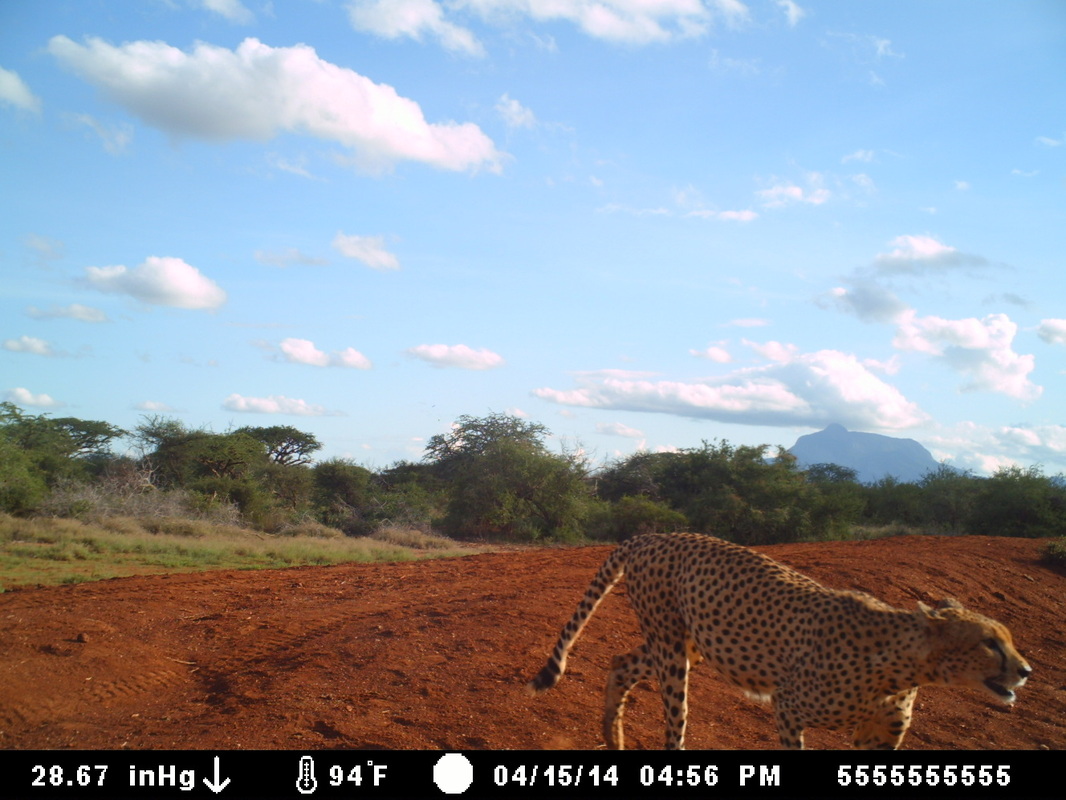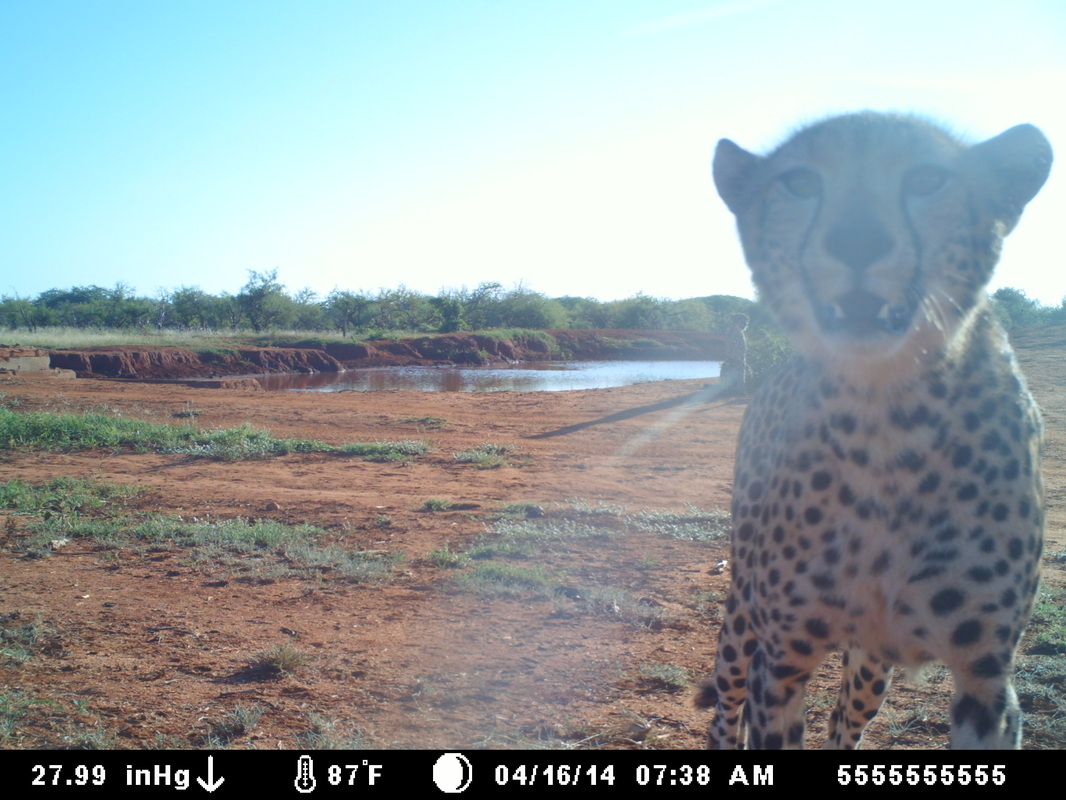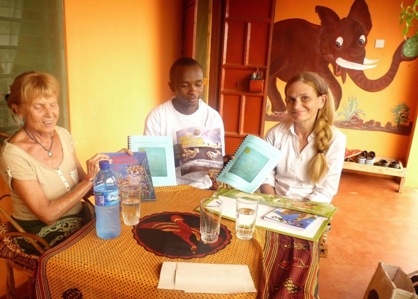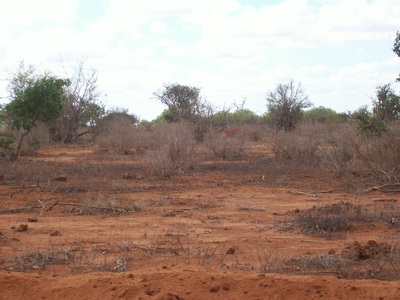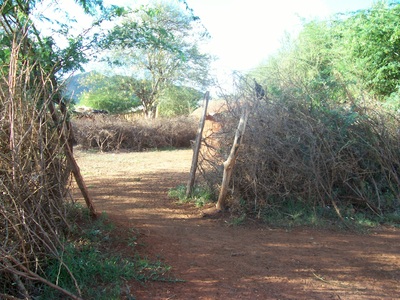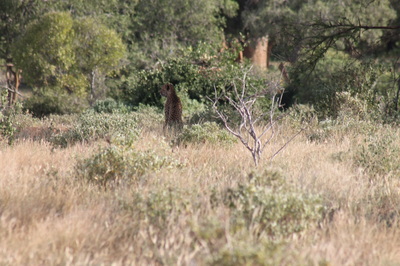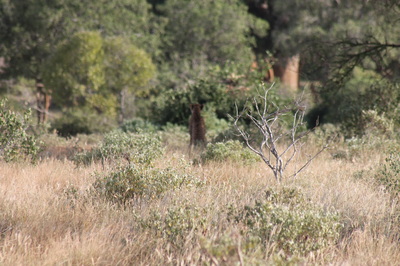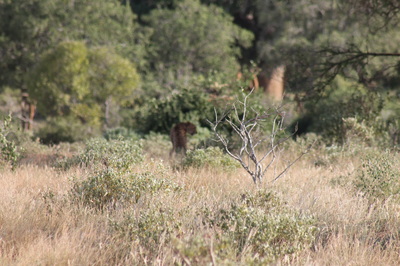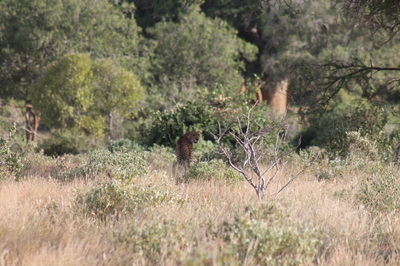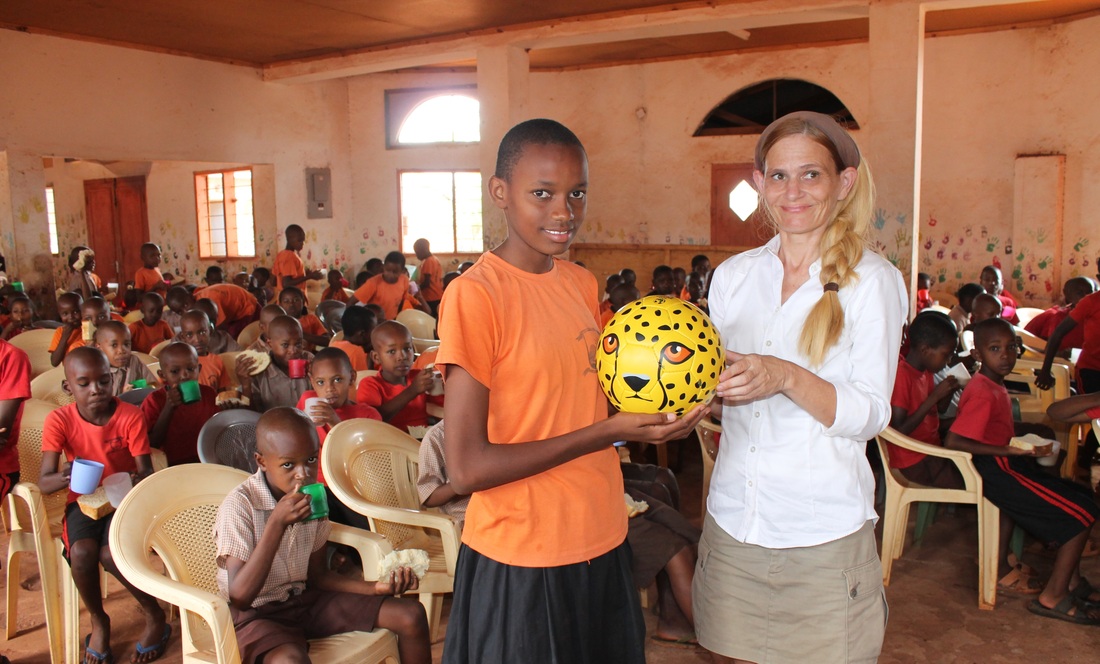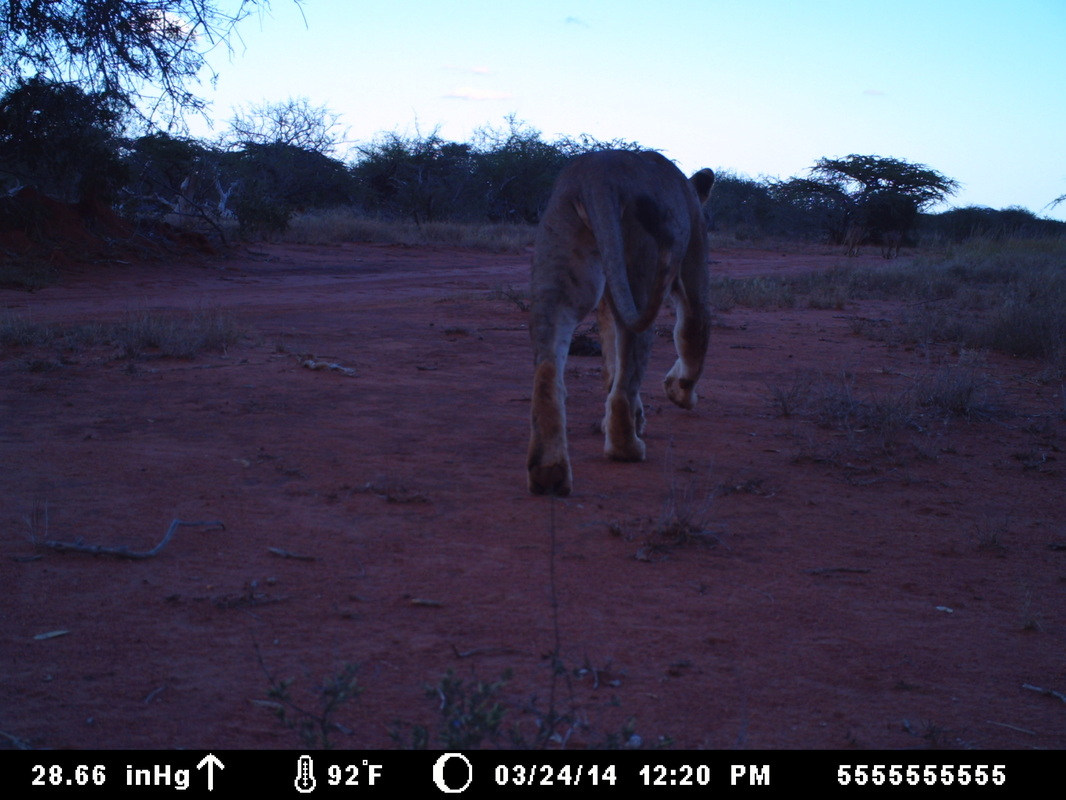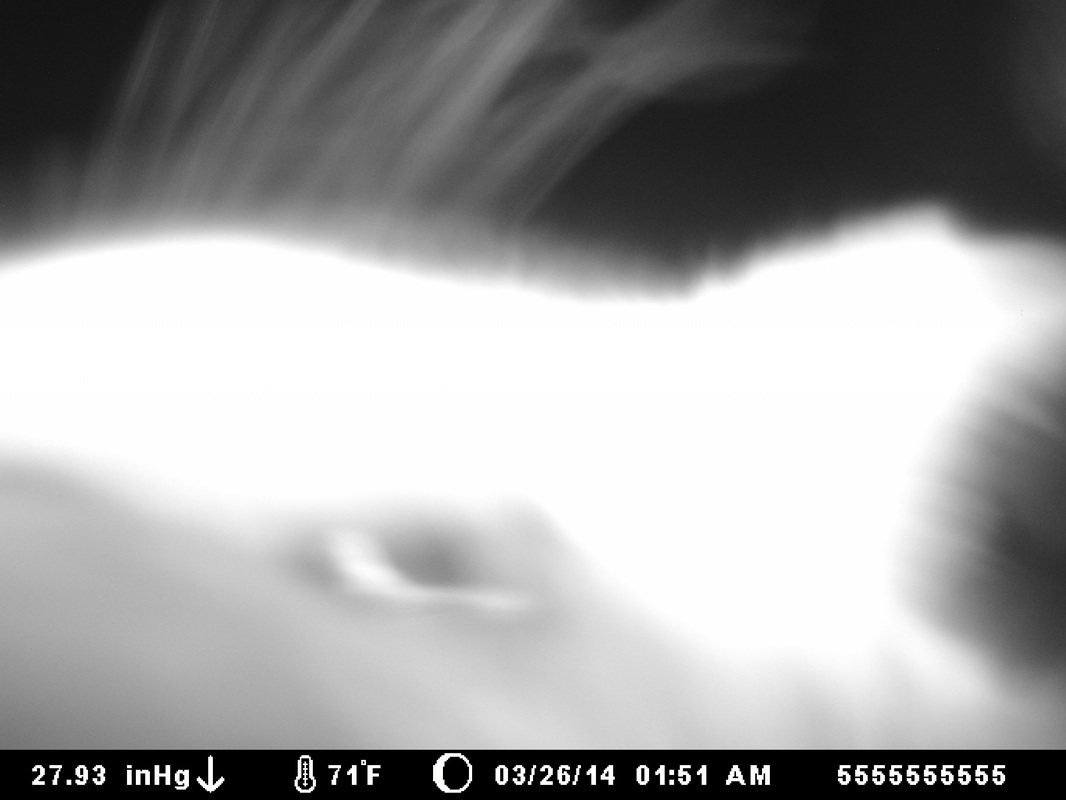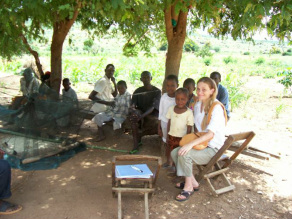|
Into 2015, the project has been busy initiating additional education programs in various schools of high priority , where students share their lands with threatened predators. This primary school immediately borders Tsavo East and hosts primarily children of pastoral communities. Also high on our agenda, is collaborations with like-minded local conservation initiatives and science projects, such as Wildlife Works - Rukinga Sanctuary scientists. Here is their awesome research station in the quiet Rukinga bush.. Verification of livestock depredation, the predator responsible, and both proven and innovative methods to mitigate conflict has also expanded within our study area. With this, many communities are requesting project camera trap units to assist in confirming cheetah / predator presence and attacks on livestock.
0 Comments
Placing camera trap units is not always as easy as it may appear... Lining up and adjusting the height and view, along with technical settings, strapping it up securely and evenly... Then, just hoping it will stay in place until your return (which needs to be frequent) The rewards, however, from cheetah and other relevant captures are well worth the hot (and sometimes tedious) deployment work. Downloading capture data from units in the field also has its (rewarding) challenges!
Education is the key in high predator conflict locations where knowledge on individual species' behavior is rare or non-existent. The Tsavo Cheetah Project engages with local primary and secondary schools in addition to community forums to interactively instill cheetah (and other predator) facts to all age groups.
Providing residents with advice and physical assistance on livestock protection methods, is a common occurence of the project. Boma (livestock holding corral) improvement or construction is just one method to keep local residents 'predator-friendly'.
In such a vast area with a broad range of habitats, cheetah identification and monitoring can be challenging. In Tsavo, habitat is not primarily open plains and grassland, like in the Mara or Serengeti... An example is "Amri" a solitary male cheetah, who I just happened on, during a spoor tracking drive in the park. From previous sighting information, I knew I was in his, and other cheetahs', home range, but with thick bush, long grass and woodlands, these opportunistic sightings are not frequent enough..
"A Tsavo Cheetah's Ecosystem" education programs; learning through curriculum activities and interactive fun!
Captures of both diurnal and nocturnal predators assist in providing the project with
verification of species presence; both on community land and within park boundaries. |
Project Founder & Principle Investigator: Cherie SchroffCherie holds a degree in Animal Ecology and has worked |
